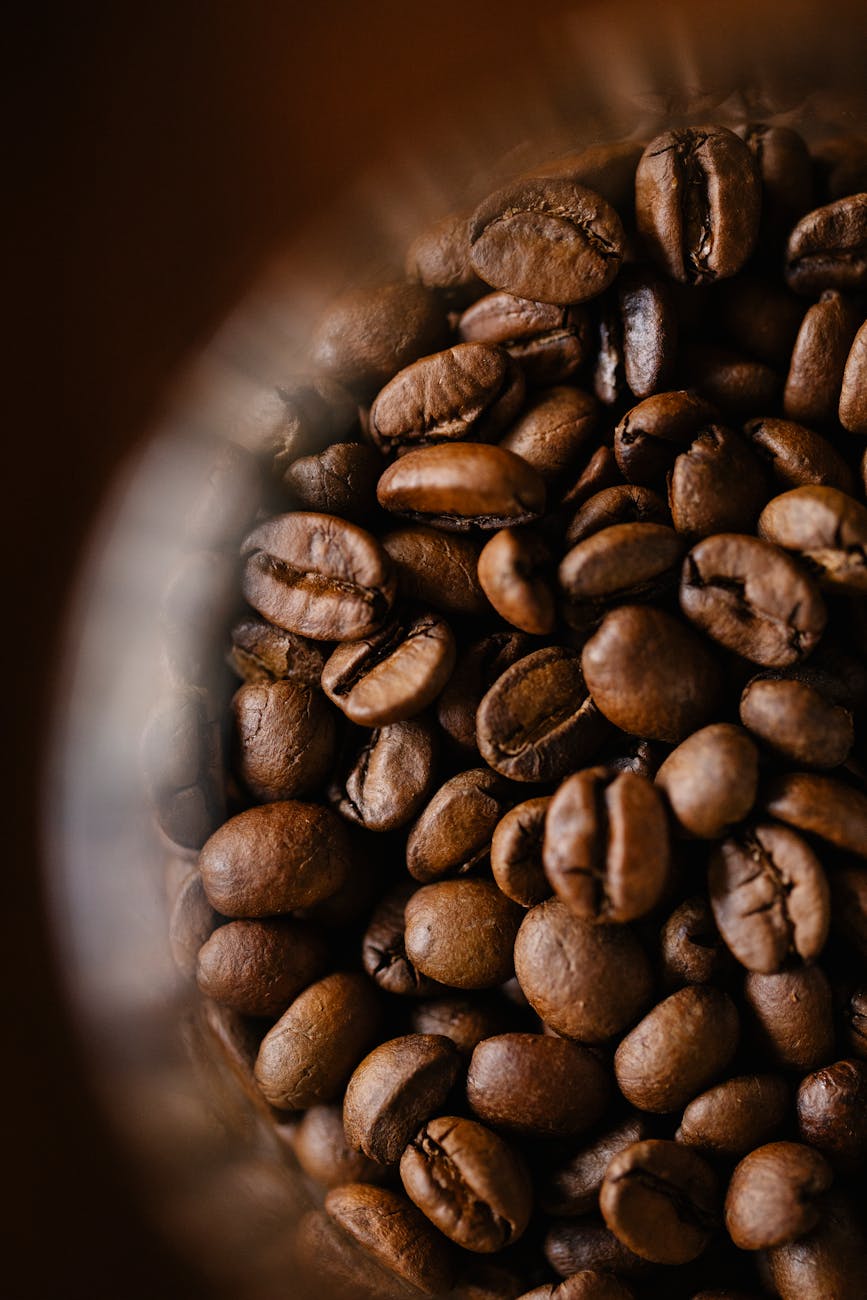As a passionate coffee lover and fan, I like to try out various blends and varieties of coffee. Also, I love to know everything there is to learn about my favorite coffee beans. One thing that every coffee enthusiast is probably already familiar with is the term Arabica coffee beans.
These coffee beans are the mother of all beans. They are the oldest ones produced, sold, and consumed.
Arabica Coffee Beans

Compared to its competitor, Robusta coffee beans, Arabica coffee beans make about 70% of the global coffee production. They yield the perfect low caffeine blend with a more sugary taste than the Robusta coffee beans.
History
The Kingdom of Kefa is where the Arabica coffee beans originated during 1,000 BC. They were found in the highlands of the kingdom, which currently denotes the country Ethiopia. Ethiopia is well-known for producing the world’s best specialty coffees. The interesting part of its history is that these coffee beans used to be crushed and mixed with healthy fats to make small balls of caffeine.
These balls were then consumed as a stimulant almost the same way as today’s coffee. Around the 7th century, these coffee beans finally crossed the Red Sea and entered the markets of Yemen and Arabia. This was also when these beans got their name, Arabica.
Written historic narrations by Arab scholars refer to these coffee beans as helpful in improving productivity. Yemenis started consuming these coffee beans in a new way by roasting them first and then making a brew. This trend took a toll among the natives and spread to Egypt and Turkey through the tradesmen.
Growing Arabica Coffee Plants

This species of coffee bean plants find high altitudes favorable. They mainly grow on hilly lands and mature in about 6 to 7 years.
Unlike the Robusta coffee plant, which can withstand hot temperatures of over 30 degrees Celsius, the Arabica coffee plants thrive in moderate temperatures (between 15-24 degrees Celsius). You can know all about these two main types of coffee beans in this guide.
The ideal height of this plant is 12 meters as it matures. However, it is cut up to 2 meters when planted for commercial harvest. Its cherries are oval and dark green, and each has two seeds in it.
Even in commercial production, this coffee plant is hand-picked when ready, as using machinery in hilly areas is next to impossible.
Taste of Arabica Coffee Beans

If you have ever wanted to taste a coffee that has no overpowering taste of caffeine yet stimulates you, then you have to try Arabica coffee beans. These beans are mainly described as mildly caffeinated and somewhat sweet.
Coffee lovers term it as light and not earthy at all. For me, it tastes airy, like the mountains. It always transports me to an open field with lush green mountains all around me. A famous Italian coffee grower, Ernesto Illy, from the issue of Scientific American (June 2002), refers to the aroma of Arabica coffee beans as intense. He resembles its aroma to that of flowers, honey, and caramel.
The taste of Arabica coffee beans is most certainly very exquisite. Numerous delicious coffee recipes can be made more delectable by using these coffee beans instead of their hardy and rough counterpart, Robusta.
How to Savor the Arabica Coffee Beans

Enjoying various blends of coffee beans usually depends on how it is prepared.
You can try the following different coffee preparing methods to enjoy your favorite coffee beans.
- The drip method is the easiest. You pour hot boiling water onto ground coffee beans spread over the filters.
- Using the cafetière method gives you a taste of filtered coffee with the rawness of beans that strong coffee drinkers appreciate. This method entails adding hot water to coffee grounds, stirring thoroughly, and leaving about 5 minutes before plunging all the brew out.
- The espresso machine method yields a drink with a strong aroma with a small quantity of water. You can top it off with your preferred cream to enjoy a creamy hot drink.
Arabica Gourmet Coffee
Exclusive varieties of Arabica coffee beans are grown as gourmet coffee. They are a must in all the top-notch restaurants all over the world. The well-known gourmet coffee growing regions are:
- Colombian, Supremo
- Costa Rica
- Guatemala
- Antigua
- Jamaican blue mountains
- Ethiopian Sidamo
- Tarrazu
Health Benefits

- Packed with lots of antioxidants.
- It is also highly nutritious, as it has vitamins and minerals, such as magnesium, manganese, niacin, riboflavin, and potassium.
- It is the best low-calorie option if you consume them without fat or sugar.
- Arabica coffee beans are also helpful in moisturizing our skin, toning the skin shades, and making it smooth.
- Arabica coffee beans contain about 95% water, which is why they can help you keep hydrated for longer times.
Why Choose Arabica Coffee Beans?
These coffee beans are certainly not inexpensive as Robusta because of their growing requirements. However, if you solely consider the exquisiteness of its taste, Arabica is the best option. Even finding the perfect blend of Arabica coffee is a tasteful journey altogether. You get to taste so many different varieties that tantalize your taste buds until you land on a perfect blend.





